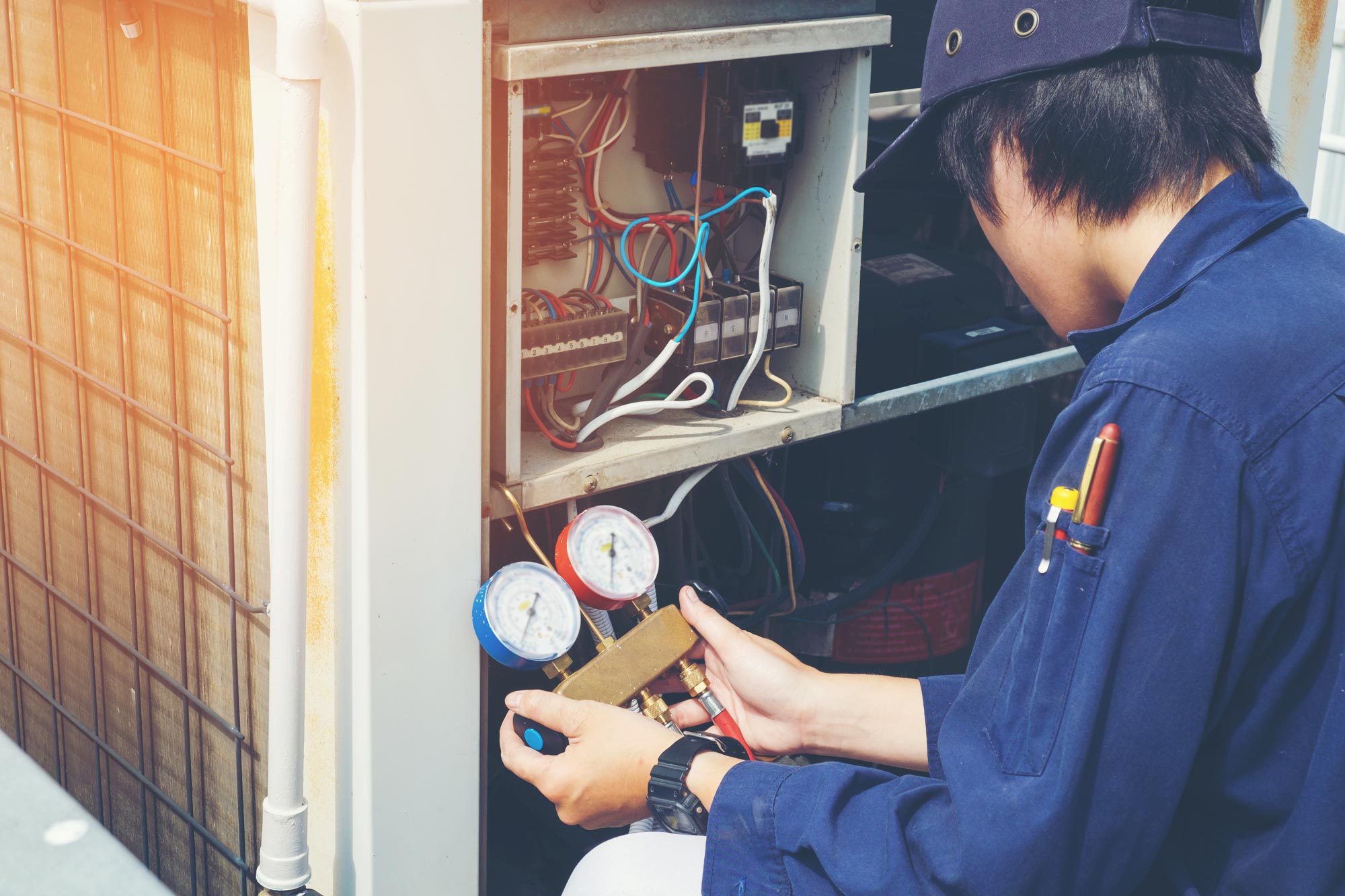One of the common challenges that HVAC techs experience is that problems with equipment aren’t always obvious. Often, it takes a process of elimination to narrow down the cause and find out what’s really going on, which is why having a firm grasp of HVAC troubleshooting is so important.
Below are 4 useful tips to help you navigate these kinds of scenarios:
1. Check The Filter
Checking the filter should be one of the first things you do when troubleshooting, as it’s a common problem that can be easily fixed.
How To Troubleshoot the Filter
The filter exists to ensure the air that’s circulating into the system is free of pet fur, dust, and particulates. When it’s dirty or clogged, it can restrict flow to a point where the system’s performance is quite literally being strangled.
To troubleshoot the filter take the following steps:
- Locate the filter and inspect it for dirt and dust
- Replace the filter if it’s dirty, and inspect the return as well. The grate on the return needs to be clean and free of dust for the system to ventilate properly
- Be mindful of the direction for installing the filter; there will be an arrow that shows the airflow direction for proper installation
While you’re in there, have a good look at any other components that are easily accessible. If you can access the fan, inspect the belt for proper tension, wear, fraying or cracks.
2. Inspect the Coils
Similar to a clogged or dirty filter, something as simple as dirty or iced-over coils can also impede the performance of a system.
How To Diagnose a Problem With Coils
A buildup of dirt on the coils can prevent heat transfer. This can decrease system performance up to 40 percent and possibly cause the coils to fail prematurely.
By following some simple steps , you can easily discover any problem areas surrounding coils and work to fix them:
- Set the thermostat about three to five degrees lower and listen for the system kicking on
- Check for cool air flowing out of a register
- Locate the circuit breaker and reset the unit
- Is it running, but no cold air is coming out? Check for water around the unit
- Locate the coils and inspect them — dirty coils can cause the unit to freeze
3. Ensure the Electrical Supply is Working
In addition to coil and filter issues, encountering a fault in the electrical supply is a common problem in the HVAC field and is another important area for HVAC techs to investigate.
How To Troubleshoot the Electrical Supply
One of the biggest mistakes made by techs when dealing with electrical issues is to skip exploring simple possibilities, such as checking for a tripped breaker or a problem with the thermostat.
When beginning to troubleshoot the HVAC electrical supply, consider checking the following components:
- Breakers: If the breaker is tripped, and after a reset, it immediately trips again, don’t keep trying as this is an indication that you’ve got a bigger issue at play
- Thermostat Program: It could be a simple programming issue that can easily be adjusted
- Thermostat wiring: Corrosion can occur from leaking alkaline batteries preventing the contacts between the thermostat and battery from working properly
- Relay: The inner parts of a relay can often fail with age
- Capacitor: Start and run capacitors are another common problem, especially as they age.
- A short in the system’s wiring : A short occurs when conductors or components are miswired which can lead to decreased resistance and increased amperage, causing a fuse to blow
4. Reset the Furnace
Much like looking into the electrical supply, you must first get a big-picture perspective of the furnace before diving into more complex areas. This is why resetting the furnace is an essential step when troubleshooting heating issues.
How to Reset the Furnace
A reset button on a furnace exists to prevent tripping the circuit breaker. This most commonly happens if there is an electrical interruption or the furnace simply gets too hot. Alternatively, you can utilize the reset button as a way to troubleshoot simple issues.
- Turn up the thermostat by about five degrees
- Listen for the system starting and the fan kicking on
- Feel at a register for hot air coming out
- If there’s no heat, double-check that the furnace’s panel door is closed — the gas won’t ignite with the door open or even ajar
- Open the panel and turn off the gas or press the reset button
- Wait five minutes and try turning the system back on
Interplay Learning Helps to Advance Your HVAC Troubleshooting Knowledge
The ability to troubleshoot HVAC problems and use deductive reasoning to identify problem areas in a system is an important skill for any technician. Obtaining this type of knowledge comes with great training and experience — which is where the Interplay Learning learning platform can help.
With Interplay Learning online HVAC courses, you get real-world experience without the need to train in the field. Interactive, real-world troubleshooting simulations walk you through realistic repair scenarios. These digital sims can pose problems with over 150 different faults to help you build the knowledge and confidence you need to do your job.
Interplay Learning can help you gain the skills you need in an engaging way and in any location, safely.








